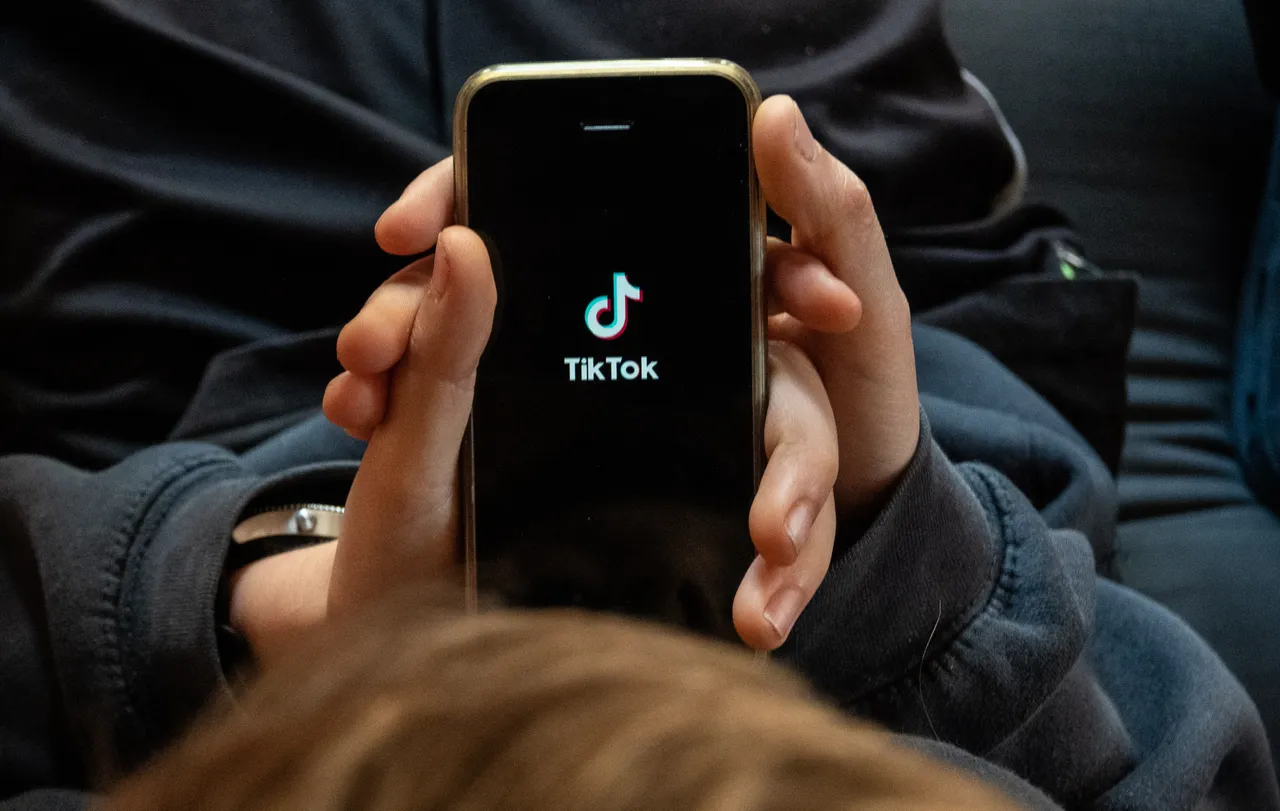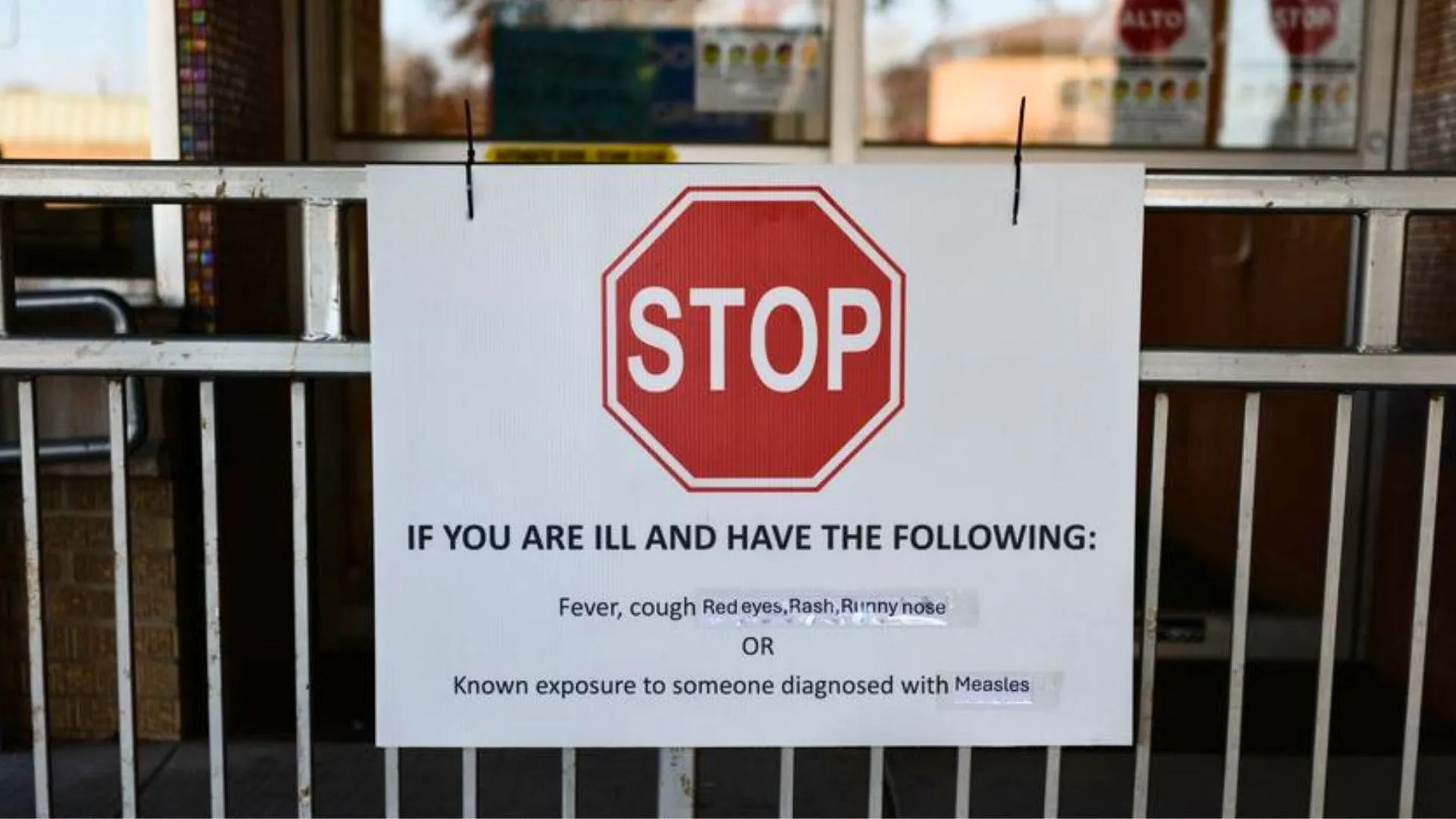The advent of social media platforms like TikTok, Instagram, Snapchat, and YouTube has revolutionized the way children and adolescents interact with the world. However, while these platforms have proven to be powerful tools for creativity, entertainment, and social connection, they also pose significant challenges, particularly when it comes to protecting children from harmful content, addiction, and privacy risks. A new study led by the University of California, San Francisco (UCSF), sheds light on the alarming reality that a significant number of children, especially those under the age of 13, are violating the terms of service of popular social media platforms. The findings not only highlight the widespread disregard for age restrictions but also underscore the growing concern regarding the detrimental effects these platforms have on children’s mental health and well-being.
The Study: A Snapshot of Underage Social Media Use
According to the UCSF study, the vast majority of 11- and 12-year-olds across the United States are using social media platforms that are supposed to be off-limits to them. The research reveals that most children in this age group have TikTok accounts, despite the platform’s policy requiring users to be at least 13 years old. This study, which involved a national sample of over 10,000 children between the ages of 11 and 15, was published in the January issue of Academic Pediatrics. The findings reveal concerning patterns regarding how children are using these platforms in ways that contradict the rules set by the companies themselves.
Key Findings from the Study:
- Age-Restricted Access: Although TikTok, Instagram, YouTube, and Snapchat all have a minimum age requirement of 13 to create an account, the study found that most 11- and 12-year-olds have accounts on these platforms. This points to a significant gap between the platform’s age restrictions and the actual behaviors of children.
- Hiding Accounts from Parents: Among the children who had social media accounts, 6.3% admitted to having accounts that they actively hide from their parents. This reveals a concerning level of secrecy surrounding their social media use.
- Multiple Accounts: On average, children had more than three different social media accounts, including on platforms like Instagram, Snapchat, and TikTok, which are all popular among this age group.
- Signs of Social Media Addiction: The study also highlighted symptoms of addiction related to social media use. About 25% of children reported frequently thinking about social media apps, while another 25% said they used the platforms as a way to escape from their problems. Alarmingly, 17% tried to reduce their social media use but found they couldn’t, and 11% said that excessive social media use had negatively impacted their schoolwork.
The Growing Concern Over Social Media and Mental Health
The findings of this study echo the concerns raised by many health professionals and researchers about the impact of social media on the mental health of young people. As children and teenagers continue to engage with social media at an increasingly younger age, researchers have observed troubling trends in their emotional and psychological development.
Dr. Jason Nagata, a pediatrician at UCSF Benioff Children’s Hospitals and the lead author of the study, highlighted the harmful effects of early exposure to social media. “Our study revealed that a quarter of children reported elements of addiction while using social media, with some as young as eleven years old. The research shows underage social media use is linked with greater symptoms of depression, eating disorders, ADHD, and disruptive behaviors,” said Nagata. The study also emphasized that children who have access to social media at a young age are more likely to experience issues like low self-esteem, poor body image, and anxiety, all of which can contribute to the development of long-term mental health challenges.
Policy Implications: What Needs to Change?
As the U.S. Supreme Court prepares to hear arguments on whether Congress can ban TikTok, the conversation about underage use of social media platforms is more pertinent than ever. Many lawmakers, concerned about national security risks associated with TikTok’s ties to China, are debating whether to impose restrictions on the app. However, the UCSF study’s findings suggest that policymakers must also consider the health risks that TikTok and other social media platforms pose to children.
“Policymakers need to look at TikTok as a systemic social media issue and create effective measures that protect children online,” Dr. Nagata argued. He emphasized the need for stronger regulation to prevent children from accessing platforms they are not legally allowed to use.
The study’s findings point to a need for stricter enforcement of age restrictions and more robust measures to ensure children’s safety on these platforms. This includes not only protecting them from harmful content but also providing better education around responsible social media use, addressing issues like online bullying, and ensuring that children do not spend excessive amounts of time on screens. It is crucial that any regulatory measures address the broader impact of social media on children’s health, particularly with regard to addiction and mental health disorders.
The Role of Parents in Mitigating Risks
In addition to stricter regulations, Dr. Nagata advocates for more active involvement from parents in managing their children’s social media use. He encourages parents to have open, honest conversations with their children about the dangers of social media and the importance of balancing screen time with other activities.
The American Academy of Pediatrics (AAP) has developed the Family Media Plan, a tool that provides families with guidelines on how to manage screen time in a healthy way. This plan encourages families to establish rules around screen time and help children make informed decisions about when and how to use social media. “Every parent and family should have a family media plan to ensure children and adults stay safe online and develop a healthy relationship with screens and social media,” said Dr. Nagata.
The Family Media Plan is designed to help parents and children set boundaries on screen time, establish device-free zones, and create opportunities for offline activities. It also encourages parents to model healthy screen time habits themselves. By doing so, parents can help their children develop better habits around technology use and protect them from the negative effects of excessive social media exposure.
The Need for Education and Awareness
Dr. Nagata also stresses the importance of educating children about the potential risks of social media use, as well as the addictive nature of these platforms. He encourages parents to talk to their children about how social media algorithms are designed to keep them engaged for long periods of time and the potential consequences of using these platforms excessively.
Incorporating media literacy education into school curriculums could also help children better understand the impact of social media on their well-being. By teaching children to critically evaluate what they see online, we can empower them to make more informed choices and reduce the likelihood of harmful exposure.
The Urgency of Addressing Underage Social Media Use
The UCSF study underscores a crucial issue in today’s digital age: the widespread underage use of social media platforms like TikTok, Instagram, and Snapchat. These platforms, while offering entertainment and connectivity, also pose significant health risks to children, from addiction to mental health issues. As policymakers continue to debate the future of TikTok and other social media platforms, it is essential that they consider the safety and well-being of children, ensuring that regulations are in place to protect young users from the harmful effects of social media.
In the meantime, parents must remain vigilant, create a family media plan, and engage in open conversations with their children about the risks of social media. Together, we can ensure that children navigate the digital world in a safe, responsible, and healthy way.























